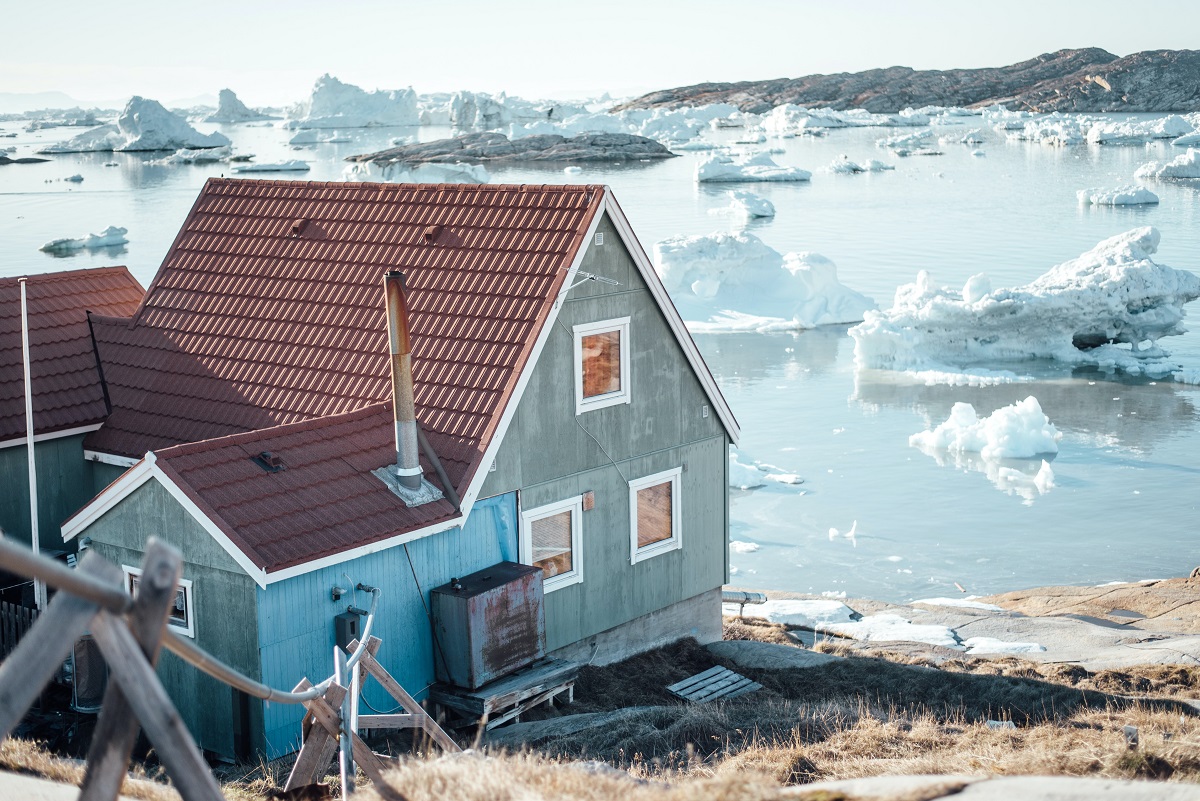Disclaimer: This website provides health information for educational purposes only and is not a substitute for professional medical advice, diagnosis, or treatment. Always seek the guidance of a qualified healthcare provider with any questions you may have.
Aside from the wheel, one of the first-ever inventions for mud huts and small humble cottages was a functioning roof. Without it, most individuals would not feel secure knowing that there is no protection from rain, heavy winds, and even birds that might want to feast on the food that our ancestors have stored.
Even after thousands of years of technological development, roofs have evolved to become more efficient, durable, and long-lasting. When new state-of-the-art and intricate materials are now being used for tents, they still have the same function as any other roof: to give protection and security to the home’s inhabitants. It’s no wonder why most homeowners invest a reasonable amount of time and effort on roof installation.
Have you ever asked yourself why most buildings in business sectors and downtown areas of your city have flat roofs? Why don’t most houses with a pitched roof design just have a flat roof just like any of these buildings? Well, there’s more to roofs than what meets that eye, and we’re here to help you decide on which is the best one to install for your home.
The Nuances
Of course, roofs are also designed for specific climates in mind. Centuries ago, middle-eastern homes would feature flat rooftops instead of the traditional gable-shaped awnings, which were more prevalent in Europe. Why did most of these housings feature flat roofs? Naturally, the middle-easy was an arid and dry region, which meant that it rarely rained. Therefore, most homes did not need a triangular-shaped roof to protect their homes from rain and heavy winds. Flat roofs were a convenient way of freeing up space, which meant that homeowners could get more creative on what they want to do with their living area.
The same design philosophy is still being used for flat rooftops in most North America and the West. However, compared to the weather of the middle east, much of the United States are temperate. Since there are four seasons, installing a flat roof can be tricky when temperatures are always fluctuating. But with the recent advancement in technology, flat rooftops can be easily installed without problems regarding the weather.
Why Choose Flat Roofs?

If you’ve got big plans for your building, having a flat roof can give you more space and access. In terms of annual spending, you might have to spend more on maintaining your HVAC systems. However, the relatively low cost of installing flat roofing materials makes it a viable option for commercial spaces. Building owners have to keep in mind that repairs might be a bit more expensive. Although most experts would say that it’s easier to maintain a flat roof since there are no potential hazards.
For flat roofs, having a gutter system ensures that the walls and sidings of your building do not get stained from water damage. Water gradually erodes the edges of your roof, but it can produce mildews that can be unsightly. Therefore, an efficient downspout and gutter system that can redirect and filter off water from your roof can help ensure that your building’s sidings will still be in pristine condition. Think of gutters like an umbrella that can help keep most of your building dry.
Why Choose Pitched Roofs?
There are a wide variety of complex roof shapes that you can install, but we’ll be discussing the purest form of triangular-shaped roofs: gable-shaped roofing.
For a temperate climate, gable-shaped roofs have been used for centuries since it can withstand storms, redirect rainwater flow, give protection from hailstorms, and cost less to maintain. In terms of maintenance and repair, pitched roofs will need more attention to maintenance work. Most roofing crews are advised to wear safety equipment when working on a pitched roof due to potential hazards. Therefore, maintenance might be a bit more expensive. However, repairing pitched roofs and can easily prolong the lifespan of a roof.
There are a lot more shapes of roofs that you can choose. Most of the time, gable-shaped roofs are the most commonly used by residential homes since its easy to install, doesn’t cost much and has a great aesthetic appeal.
Flat roofs have a more pragmatic approach and are generally used for commercial spaces and buildings. That will ensure that there’s more space for additional potential floors, HVAC equipment, and overall convenience in terms of space management.
Overall, there is no ultimate roof design that can perfectly fit any situation. Gable-shaped roofs will have their unique advantages over flat roofs, which tend to have their own unique set of characteristics. Therefore, it will all boil down to the function and design focus of the building.




